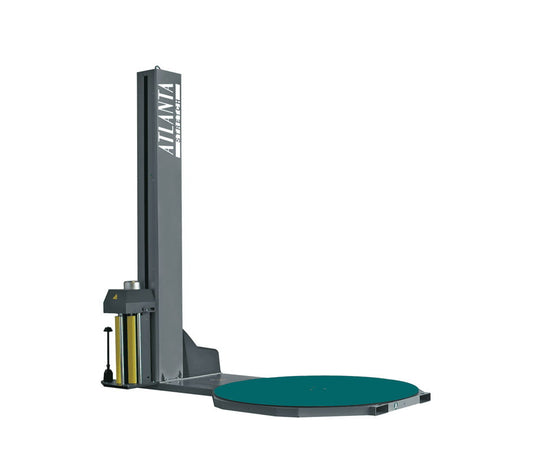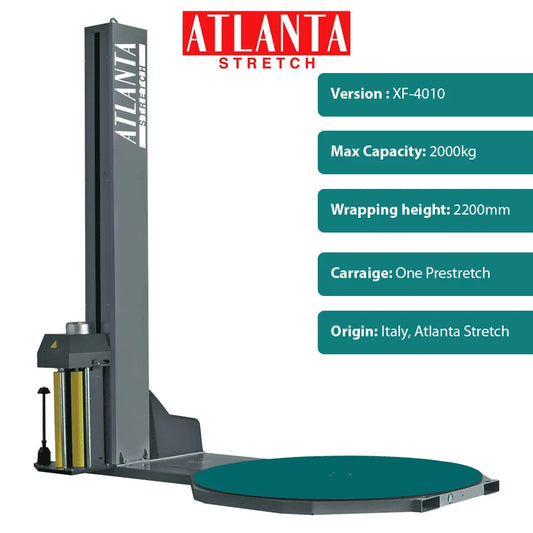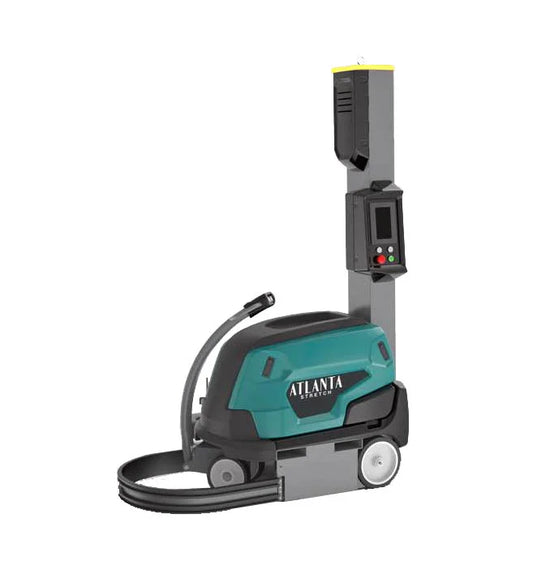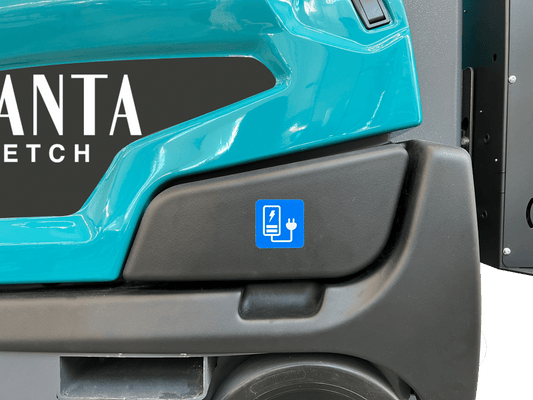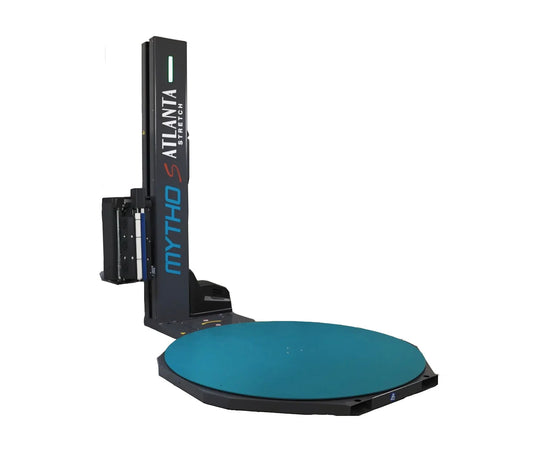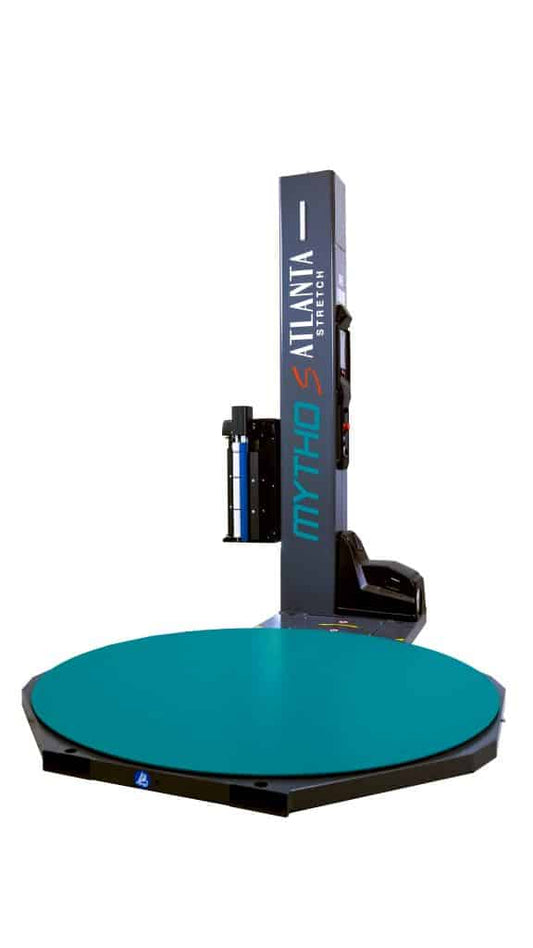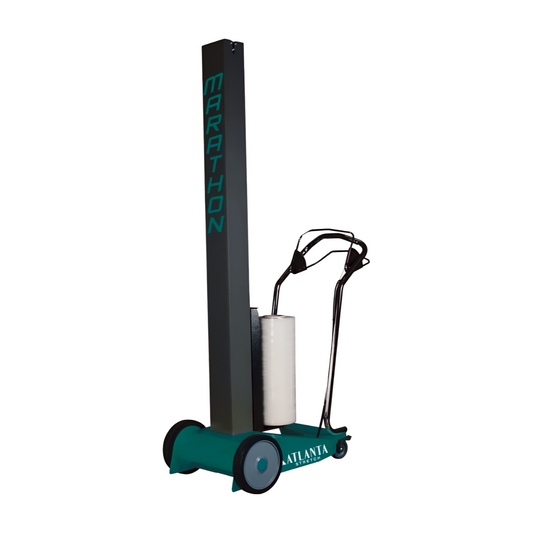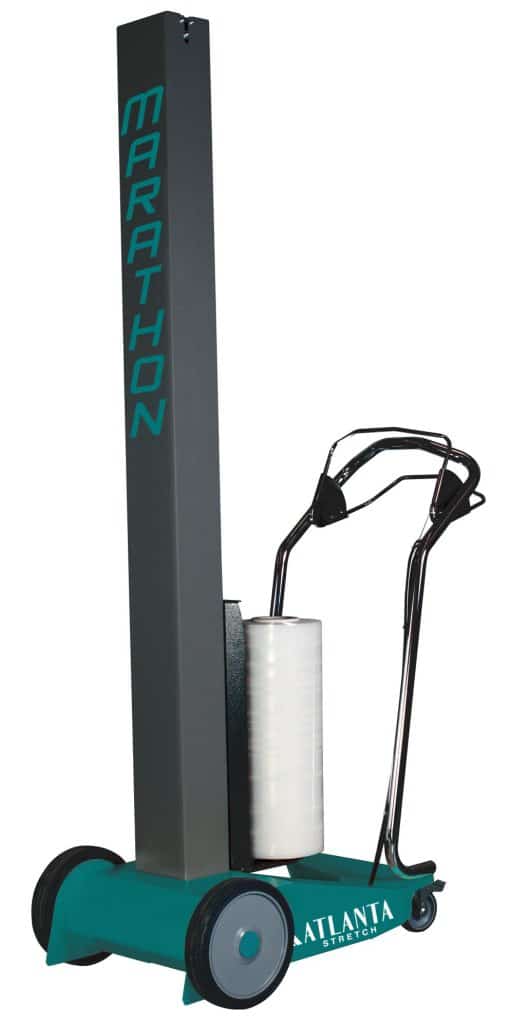Understanding the Differences Between Filament Tape and Strapping Tape

In the world of packaging and bundling, choosing the right tape can make a significant difference in the efficiency and effectiveness of your operations. Two commonly used options for these tasks are filament tape and strapping tape. While they might seem similar at first glance, there are distinct differences between the two that are important to understand. Let's delve into the details:
Filament Tape: The Powerhouse of Strength and Flexibility
Filament tape is a heavyweight contender in the realm of packaging tapes. Constructed with a polypropylene or polyester backing reinforced with fiberglass filaments, it boasts exceptional strength and resistance to tearing and splitting. This fiberglass reinforcement gives filament tape its formidable tensile strength while still allowing for flexibility. It can conform to irregular surfaces and contours, making it versatile for various applications.
Filament Tape:
- Construction: Filament tape is typically made of a polypropylene or polyester backing reinforced with fiberglass filaments running along its length.
- Strength: Filament tape is known for its exceptional strength and resistance to tearing and splitting, thanks to the fiberglass reinforcement.
- Flexibility: Despite its strength, filament tape remains flexible, allowing it to conform to irregular surfaces and contours.
- Applications: Filament tape is commonly used for bundling heavy or bulky items, reinforcing packages, and securing pallets. It is also suitable for applications requiring high tensile strength and durability.
Strapping Tape: The Reliable Workhorse of Packaging
Strapping tape, also known as polypropylene tape or poly strapping tape, offers a different set of characteristics compared to filament tape. Made of a polypropylene backing without fiberglass reinforcement, strapping tape maintains strength without the added rigidity of fiberglass. While it might not match filament tape in sheer tensile strength, strapping tape is still strong and reliable for a variety of tasks.
- Construction: Strapping tape, also known as polypropylene tape or poly strapping tape, is typically made of a polypropylene backing without fiberglass reinforcement.
- Strength: While strapping tape is strong, it generally does not possess the same level of tensile strength as filament tape due to the absence of fiberglass reinforcement.
- Rigidity: Unlike filament tape, strapping tape tends to be more rigid and less flexible, making it suitable for applications where a stiffer tape is preferred.
- Applications: Strapping tape is commonly used for bundling lightweight to medium-weight items, sealing packages, and reinforcing cardboard boxes. It is also suitable for applications where a tighter seal is desired, such as securing packages for shipping or storage.
Choosing the Right Tape for Your Needs
When it comes to selecting between filament tape and strapping tape, consider the specific requirements of your packaging or bundling tasks. If you're dealing with heavy or bulky items that demand maximum strength and flexibility, filament tape is likely the way to go. On the other hand, if you're bundling lighter items or prioritizing a tighter seal, strapping tape might be more suitable for the job.
In conclusion, understanding the differences between filament tape and strapping tape empowers you to make informed decisions that optimize your packaging processes. Whether you need the powerhouse strength of filament tape or the reliable versatility of strapping tape, both options have their place in the world of packaging and bundling.


